Happy Groundhog Day!
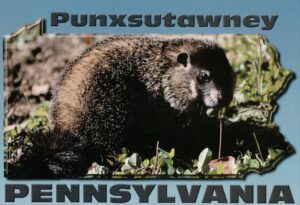
Punxsutawney, PA, postcard, early 2000s.
What will the groundhog predict today? What will groundhog Punxsutawney Phil’s weather forecast be for the next six weeks? Will he see his shadow?
Will there be six more weeks of Winter? Or six weeks until Spring?
Does it really matter? Is there really a difference between those two predictions?
Probably not.
I am writing this on Thursday and by the time you read this on the morning of Friday, February 2nd, we will probably know the ground hog’s prognostication.
This is the way it works. If Punxsutawney Phil sees his shadow, there will be six more weeks of winter. If Phil does not see his shadow, there will be an early spring.
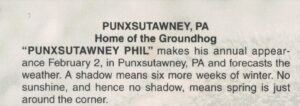
Punxsutawney, PA, postcard back, early 2000s.
Just how accurate is this groundhog? Phil is accurate about 40% of the time, according to weather experts. Phil predicts six more weeks of Winter weather more often than he predicts an early Spring.
Why February 2nd? The tradition goes back to the Celts in Europe centuries ago, when they celebrated four days this time of year, the midpoint between the Winter solstice and Spring equinox.
In Pennsylvania, groundhog weather-forecasting dates back to German households in the 1840s. German immigrants in the Punxsutawney, Pennsylvania, area celebrated the mid-winter holiday in the 1880s by hunting and eating groundhogs and picnicking. The name Punxsutawney is derived from the Native American word meaning “town of sandflies” or “town of mosquitoes.” Today it is the town of groundhogs.
The Punxsutawney Groundhog Club was organized in 1899 and they care for Phil in a special burrow beside the Punxsutawney Memorial Library.
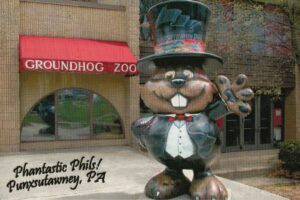
Punxsutawney, PA, postcard, early 2000s.
Groundhog Day has been an annual tradition in Punxsutawney since 1887, held at Gobblers’ Knob. The Inner Circle of the Punxsutawney Groundhog Club plans the ceremony and events each year, as well as caring for and feeding Punxsutawney Phil. The grounds at Gobblers’ Knob open at 3 a.m. and thousands gather to see the early morning event.
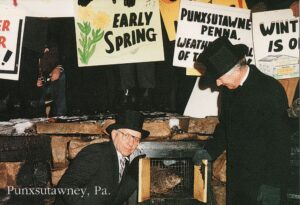
Punxsutawney, PA, postcard, early 2000s.
Our son Jeff went to Gobblers’ Knob in the early 2000s to join the Groundhog Day celebration. He said there were a lot of people there having a very good time. And he said it was cold. I asked him to get me a souvenir and he got me several postcards (shown here) and this cute hand-painted pin.
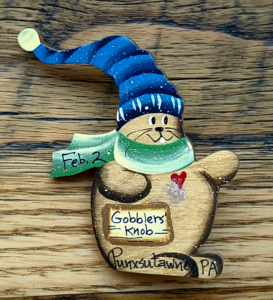
Punxsutawney Phil Groundhog Day pin.
Although some animal lovers think groundhogs are cute, adorable little critters, farmers consider them a detrimental, and even dangerous nuisance. They are a burrowing, destructive animal. They eat soybeans in the field and they dig and burrow deep holes in the ground that can be hazardous for farmers driving farm equipment. They can weaken a building foundation and chew tubing and wires. They also eat garden plants, alfalfa, clover, most garden vegetables, bark, twigs, and seedlings. Their only redeeming characteristic is that they eat grubs, snails, and other insects. They are fair game around here.
Groundhogs are the largest species in the squirrel family, weighing from 6-12 pounds. They live from 3-6 years and their incisors continue to grow throughout their lifetime. They can climb and swim.
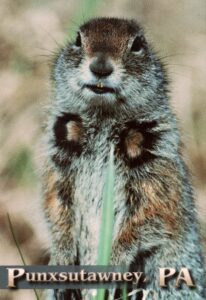
Punxsutawney, PA, postcard, early 2000s.
Groundhogs have a shrill, high-pitched whistle and are sometimes called whistle-pigs. They are also called land-beavers or woodchucks.
They hibernate from October until Spring, and that is probably why Punxsutawney Phil looks so grumpy when they take him out of his cage on 2 February. Note that the handler in the fancy suit and top hat always wears very heavy gloves.
My grandma Schumm really disliked ground hogs on the farm. They burrowed under their barn and in the fields, especially in the area to the back of the farm, by the old railroad track. She wanted them gone and my hubby Joe was more than happy to help with pest control.
It was sunny today, February 1st, and it will probably be sunny tomorrow, Groundhog Day. Since Phil’s forecast won’t make a lot of difference weather-wise, I’ll take another day of sunshine. January was a rather cloudy, foggy month. We can use some more sunshine.
Source of some information: “When is Groundhog Day 2024? What to know about the decades-old winter prediction tradition,” Jana Hayes, The Oklahoman, 1 Feb 2024.

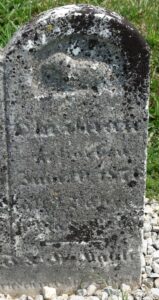
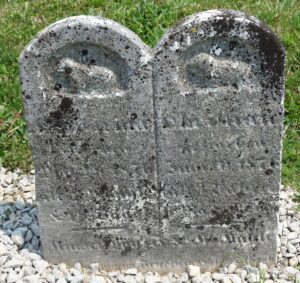


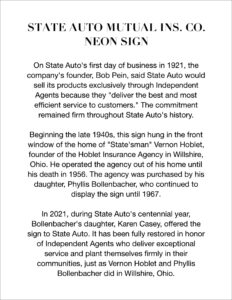

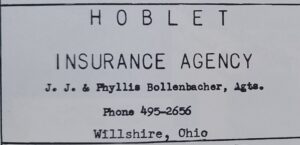
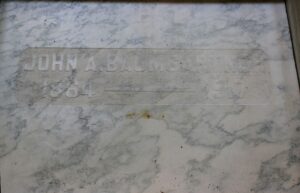
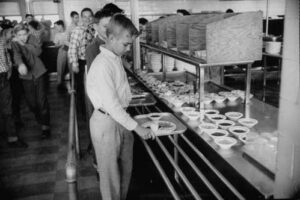
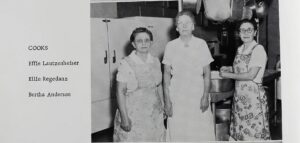
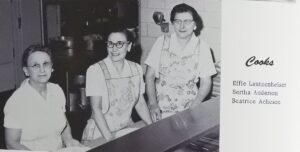

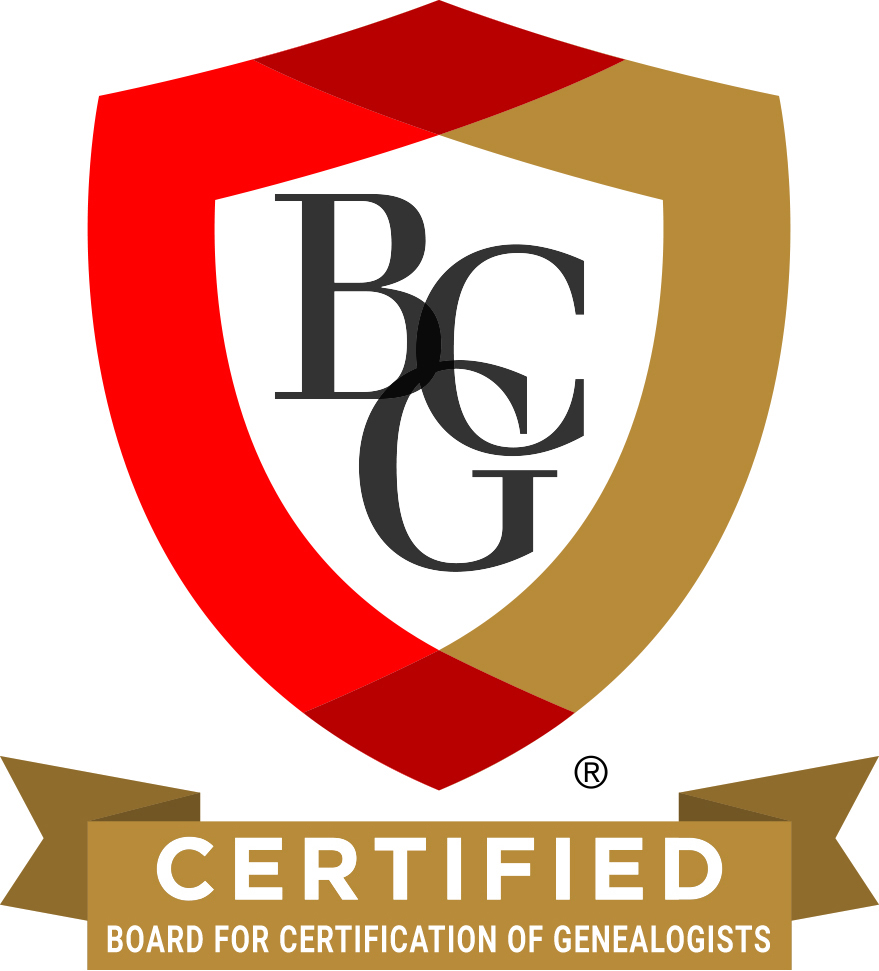
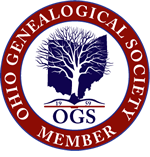

I don't have any information about that event, but what names are you looking for? There may be an account…
As far as I know Gertrude was his only child.
Did Johannes have any children besides Gertrude?
I got a photo of van wert men mustered to leave for ww1 aug 5 1917. Wondering if you have…
Unusual names for sure. I wish I knew why he picked those names. Liking geography is a good possibility. Thanks…